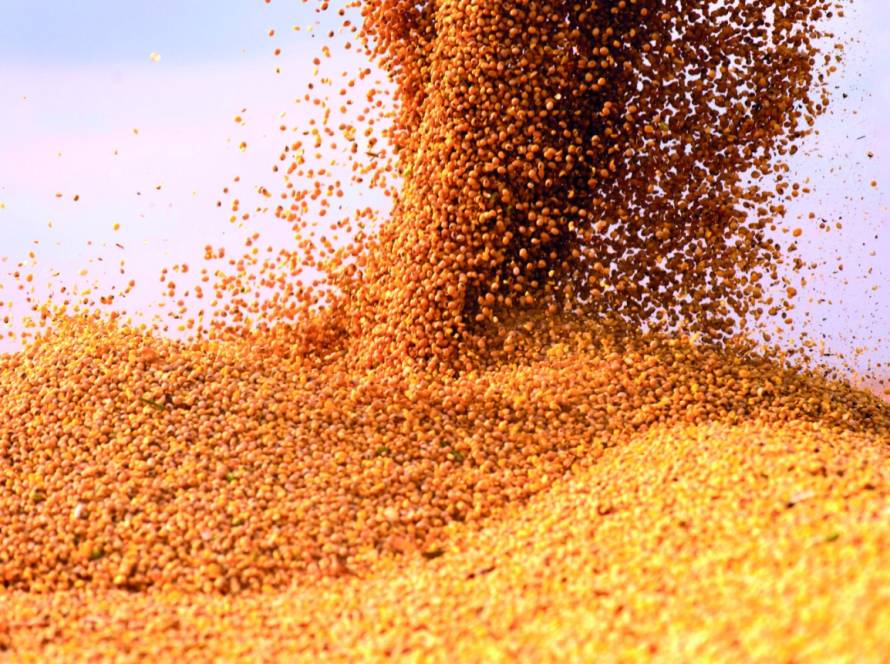The United States Department of Agriculture (USDA) kept its soybean production estimate for the 2025/26 harvest unchanged at 118.1 million tonnes, according to a report released in June. Despite the absence of major changes in the global balance, the projection points to tighter final stocks in the North American market, which leaves little room for losses in productivity throughout the season.

Photo: Disclosure/OPR Archive
The document reinforces a point of concern: although the USDA remains optimistic about the average productivity of the harvest, projected at 3.5 tons per hectare (equivalent to 58.8 bags per hectare), crop conditions are below those observed in the same period last year. In view of this, any downward revision in production could have a direct impact on international prices of the oilseed.
Another factor that tends to influence prices is the recent update to the United States' biofuels program. The US government raised mandatory biofuel blending targets for 2025, 2026 and 2027, exceeding initial market expectations. In addition, it announced its intention to halve the use of imported raw materials, such as used cooking oil from China and beef tallow from Brazil, in the composition of these fuels.
This regulatory change is expected to increase domestic demand for soybean oil, which could boost crushing and, consequently, provide additional support to soybean prices. The prospect of higher domestic consumption therefore acts as a bullish factor within the supply and demand balance.
The market is awaiting the release of the USDA's quarterly report on planted area at the end of June, which will provide updated data for the 2025/26 harvest. Although planting has progressed at a good pace and, so far, the weather has been favorable in most producing regions, the total area planted with soybeans is expected to be smaller than in previous seasons. This possible decline, combined with already reduced stocks, could increase the market's sensitivity to any adverse weather events in the coming months.
As a result, the soybean scenario in the United States remains in an unstable balance, supported by fundamentals of robust demand, limited stocks and constantly monitored climate risk.





